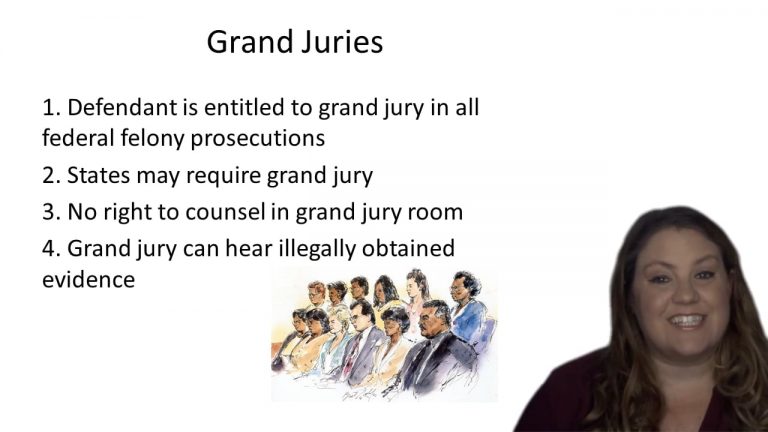SmartBrief
Confirm favorite deletion?
Criminal Procedure Keyed to Ohlin
Blackledge v. Perry
Citation:
417 U.S. 21 (1974)Facts
While serving a term of imprisonment in a North Carolina penitentiary, the respondent Perry became involved in an altercation with another inmate. A warrant issued, charging Perry with the misdemeanor assault with a deadly weapon. Perry was then filed a notice of appeal to the Northampton County Superior Court. After the filing of the notice of appeal, but prior to the respondent’s appearance for trial in the Superior Court, the prosecutor obtained an indictment from a grand jury, charging Perry with the felony of assault with a deadly weapon with intent to kill. The indictment covered the same conduct for which Perry had been tried and convicted in the District court. Perry entered a guilty plea to the indictment in the Superior Court. A number of months later, the respondent filed an application in the United States District Court, claiming that the indictment on the felony charge in the Superior Court constituted double jeopardy and also deprived him of due process of law.
Only StudyBuddy Pro offers the complete Case Brief Anatomy*
Access the most important case brief elements for optimal case understanding.
*Case Brief Anatomy includes: Brief Prologue, Complete Case Brief, Brief Epilogue
- The Brief Prologue provides necessary case brief introductory information and includes:
Topic:
Identifies the topic of law and where this case fits within your course outline.Parties:
Identifies the cast of characters involved in the case.Procedural Posture & History:
Shares the case history with how lower courts have ruled on the matter.Case Key Terms, Acts, Doctrines, etc.:
A case specific Legal Term Dictionary.Case Doctrines, Acts, Statutes, Amendments and Treatises:
Identifies and Defines Legal Authority used in this case.
- The Case Brief is the complete case summarized and authored in the traditional Law School I.R.A.C. format. The Pro case brief includes:
Brief Facts:
A Synopsis of the Facts of the case.Rule of Law:
Identifies the Legal Principle the Court used in deciding the case.Facts:
What are the factual circumstances that gave rise to the civil or criminal case? What is the relationship of the Parties that are involved in the case.Issue(s):
Lists the Questions of Law that are raised by the Facts of the case.Holding:
Shares the Court's answer to the legal questions raised in the issue.Concurring / Dissenting Opinions:
Includes valuable concurring or dissenting opinions and their key points.Reasoning and Analysis:
Identifies the chain of argument(s) which led the judges to rule as they did.
- The Brief Prologue closes the case brief with important forward-looking discussion and includes:
Policy:
Identifies the Policy if any that has been established by the case.Court Direction:
Shares where the Court went from here for this case.

 5m 1s
5m 1s